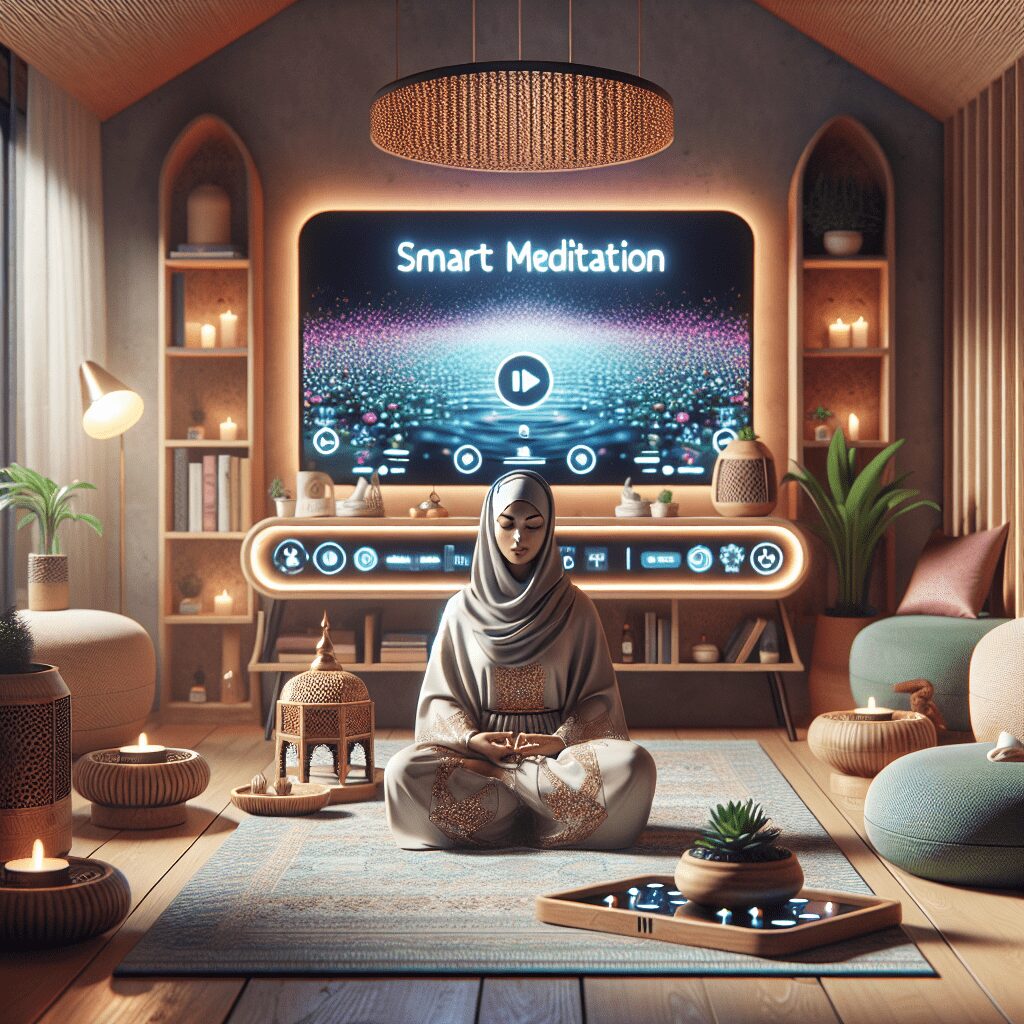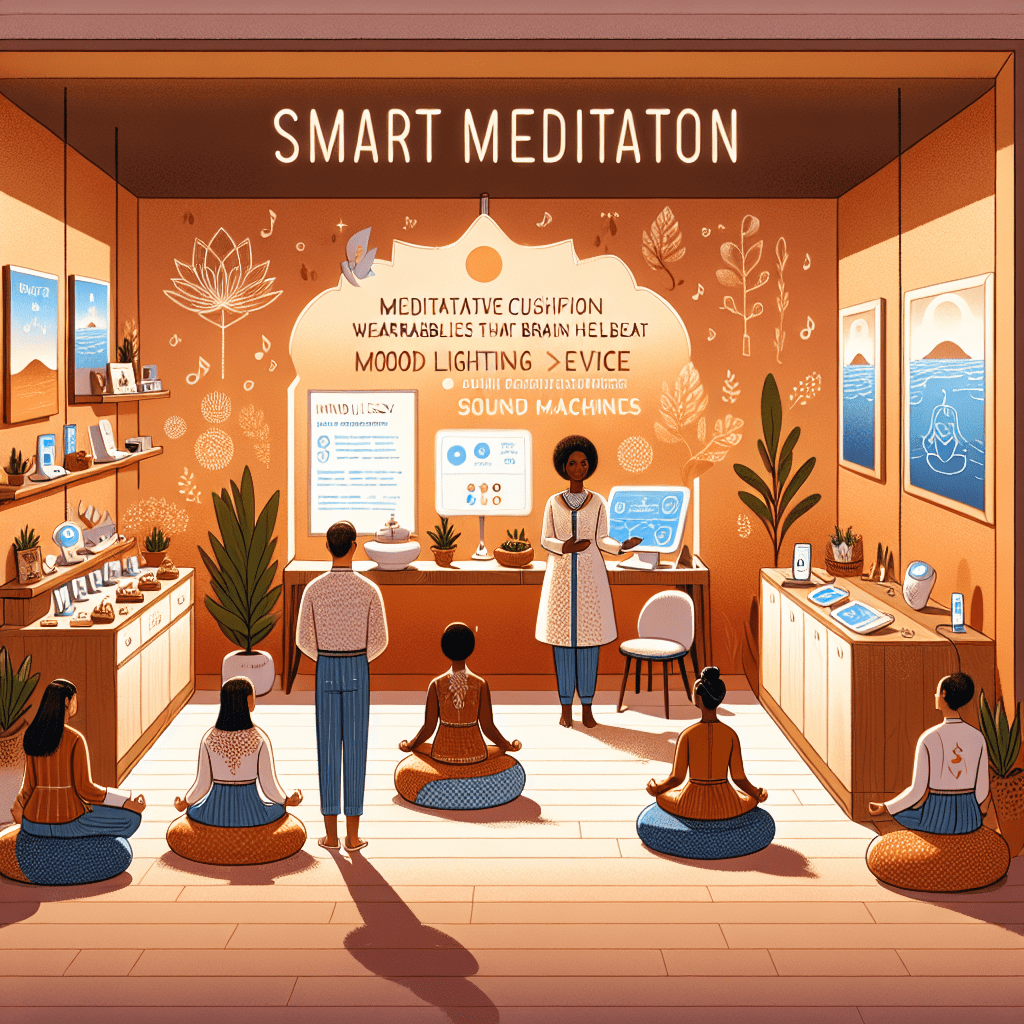
Prioritize your mental well-being daily. Enhance your life by nurturing your mental health with the Smart Meditation app. Break free from stress, alleviate anxiety, and enhance your sleep quality starting today.
How Do You Cite A Meditation?
Crafting the Perfect Citation for Your Zen Sources
In an era brimming with information, sourcing a quiet moment through meditation has become a popular escape for many. And if you’re delving into academic or professional writing that touches on this serene subject, you might find yourself pondering, “How do you cite a meditation?” Fear not, for we’ve got the lowdown on giving credit where credit is due—ensuring your work is as credible as it is enlightening.
Navigating the Waters of Citation Styles
Different strokes for different folks, and the same goes for citation styles. Whether you’re an APA aficionado, a devotee of MLA, or perhaps more of a Chi-town (Chicago) stylist, we’ve got your back. Here’s how you tackle the citation game with zen-like calmness:
-
APA (American Psychological Association): When it comes to APA, the focus is on authorship and date. Since meditations can be a bit of an oddball in terms of “authors” and “publishing dates”, you might be a tad perplexed. If you’re citing a meditation app, for instance, consider it as a digital source. Mention the app’s name, the year it was released (if available), and a URL if you’re pulling specifics.
-
MLA (Modern Language Association): This crowd favors titles and containers. Are you referencing a printed meditation guide? You’d list the title, the author (if available), the publisher, and the publication date. For online sources, don’t forget to add the date you accessed the material alongside the URL.
-
Chicago Style: Ah, the choice of many academics. Here, you’re diving deeper with footnotes or endnotes. Again, treat digital meditations as you would any online source, detailing access date and URL. For printed materials, follow the traditional author-title-publication route.
But Wait, There’s More!
Let’s not forget the less common but equally important sources of meditation guidance—perhaps you’re citing a renowned meditation teacher’s blog, a YouTube video, or even a podcast episode. Here, the general rules apply, but with a sprinkle of common sense. For example, always consider:
- Author or creator: This could be the instructor leading the session or the website/app it was sourced from.
- Title of the piece: If it’s a session within an app, mention the session name and then the app name.
- Publication or release date: This ensures readers know the timeliness of your source.
- URL or DOI (Digital Object Identifier): Essential for digital content to aid in quick access.
Getting Down to Brass Tacks
Let’s say you’ve accessed a particularly enlightening session titled “Breathing Space” from the popular meditation app Calm. Here’s how you might structure your citation in APA and MLA formats:
-
APA Format: Calm. (n.d.). Breathing Space [Mobile app]. Retrieved January 1, 2023, from https://www.calm.com/
-
MLA Format: “Breathing Space.” Calm, n.d, https://www.calm.com/. Accessed 1 Jan. 2023.
Navigating the citation of meditations doesn’t have to crank up your stress levels. With a cool head and a clear guide, you can ensure your references are as composed as your mind post-meditation. And remember, when in doubt, clarity and providing enough information for your readers to find the source is your mantra. Happy citing!




